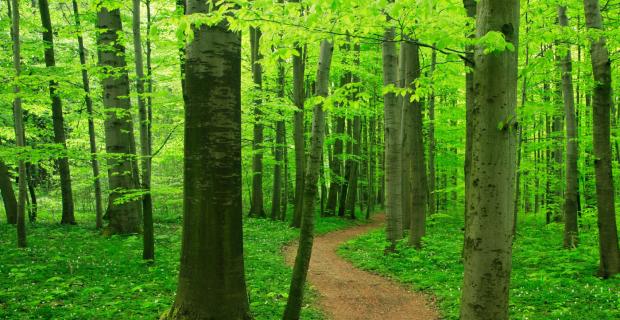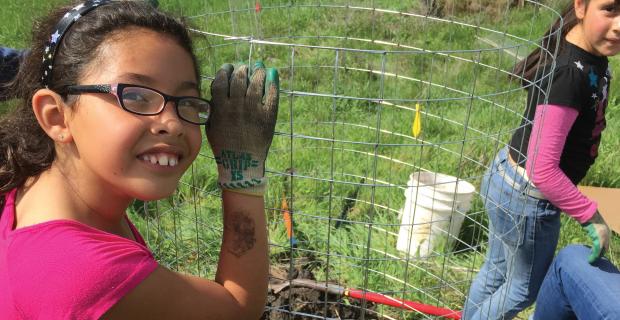Oak Woodland Learning Activities

How can we visualize and understand the complex relationships and processes — often invisible to a human eye — of an ecosystem? And how can we apply lessons from natural ecosystems to the creation of more resilient human communities?
Two activities based on the oak woodland ecosystem offer opportunities for thoughtful and revealing discussions. Downloadable materials for both activities feature a beautiful mural by artist Ane Carla Rovetta in 15 panels, 30 information cards for use by students, and directions and discussion suggestions for instructors.
Oak Woodland Learning Activity

Students learn to look at an ecosystem — the oak woodland — as a system and, by doing so, become aware of relationships among living things, the processes and patterns that drive survival and evolution, and the importance of abiotic characteristics in sustaining life.
Grade Levels: Grade 6 and up (for either younger or more advanced students, the information cards may be modified for reading level and content appropriateness).
Key Concepts:
- Complex interactions, which often go unnoticed by people, drive the survival of the species in an ecosystem.
- People who study ecosystems use different methods, including (1) counting individual organisms and species and (2) "mapping" the ecosystem to show its parts and their relationships.
- Each of these approaches has strengths and weaknesses.
Estimated time: 45 minutes preparation time (longer if instructors mount the panels on boards and/or write their own information cards). The activity will take about 60 minutes in class.
Download Oak Woodland Learning Activity [2.9 mb]
Resilient Communities Lessons from the Oak Woodland

By examining features of resilience and vulnerability within a natural ecosystem, students gain a deeper understanding of how nature survives over time and consider applications to human communities.
Grade Level: 9–12
Key Concepts:
- Nature has sustained life for about 4 billion years; people can apply lessons from nature to increase the resilience of human communities.
- Resilient ecosystems meet the basic needs of their inhabitants, including the conditions necessary for reproduction. They are also diverse, demonstrate a collective ability to adapt and coevolve, and support a strong network of relationship among their members.
- Outside disturbances — both natural and those caused by humans — and changing conditions within a natural or human community can increase its vulnerability.
Estimated Time: 45 minutes preparation time (longer if instructors mount the panels on boards and/or write their own information cards). The activity will take about 75 minutes in class.
Download Resilient Communities Lessons from the Oak Woodland PDF [5.9 mb]
A Smart by Nature® downloadable resource




